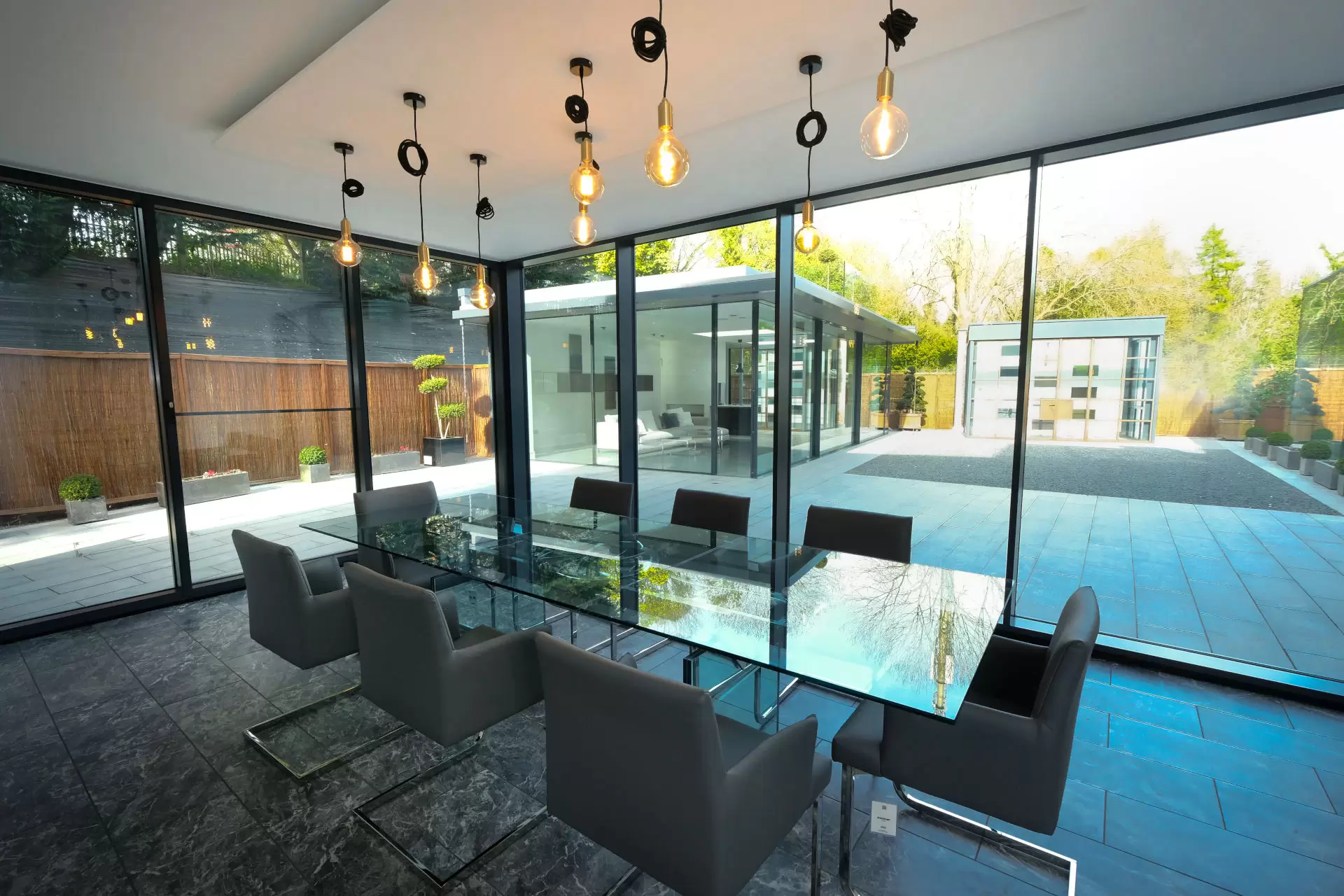CLADDING SYSTEMS

We offer the most complete and aesthetically pleasing industrial cladding solution for your residences, workplaces, flats, etc.
For your residences, workplaces, flats, etc., we provide the most practical and elegant all-in-one industrial cladding solution.
We enhance the aesthetics of buildings and offer a certain level of weather resistance and thermal insulation.
In order to market our products and services globally, we are constantly concerned with quality and service.
We are happy to celebrate our partner's achievement together, reducing customer product complaints and focusing on continuous improvement in all endeavours
CONTENT
Materilas & Types
Accessories
Machines
Functionality
Installation
Importance

CLADDING
Cladding refers to the application of one material over another to provide a protective skin or layer, often for aesthetic or functional purposes. It is used to complement the architectural style of the building while also offering protection from rain, wind, snow, and other outside elements, minimizing sound transmission through the wall.

The concept of cladding involves adding an additional layer or covering to an existing structure for various purposes. Essentially, it’s like giving a building or structure a new skin. Cladding materials can range from traditional options like wood, brick, or stone to modern materials like metal, glass, Alucobond or composite panels.
Here’s a breakdown of various aspects related to cladding.
1. Materials & Types: Cladding materials can vary widely, including wood metal, vinyl, brick, stone, Alucobond, composite materials and more. Each material offers unique properties in terms of durability, aesthetics, cost, and maintenance requirements.
Types: Common types of cladding include:
• Exterior Cladding: Applied to the outside of a building to protect it from the elements.
• Interior Cladding: Used for decorative purposes inside buildings such as wall panelling.
• Roof Cladding: Covers the roof structure to provide weather resistance and insulation.
• Facade Cladding: Focuses on the building’s exterior facade, often for aesthetic enhancement.
2. Accessories: A component which is added to the cladding material when installing in order to make it more durable, useful, versatile, or attractive. These accessories include; lacing accessories, bands, seals, springs, toggle latches, tapes, adhesives, screws, fissure plugs, silicone, corner angle, panels, cladding clips,
3. Machines: Grooving Machines, laser cladding machines, CNC Punching machines, bending machine, Drilling Machine,
4. Functionality: Cladding serves several functions, such as weatherproofing, insulation, soundproofing and enhancing the appearance of a building. It can also provide additional structural support or improve fire resistance.
5. Installation: methods are diverse, offering architects and builders a range of options to suit the specific needs and design preferences of a project. Whether opting for traditional nailing, rainscreen systems, mechanical fixing, adhesive bonding, interlocking panel systems, or cassette panel systems, each method contributes to the overall functionality, durability, and aesthetic appeal of the cladding. The choice of installation method should align with the selected cladding materials, the architectural vision, and the environmental considerations of the building site. As technology and design innovation continue to advance, the field of cladding installation methods remains dynamic, providing exciting possibilities for the construction
6. Importance: Understanding the significance and risks that come with cladding for body corporate, owner’s corporation, and strata properties. Cladding is a construction used since ancient times involving one material applied to cover the external structure of the building.
The purpose of cladding is to protect a building’s structure from natural elements like wind and rain. Still, it can have other benefits, such as insulation and noise control, and it can boost the aesthetic appeal of the building.


